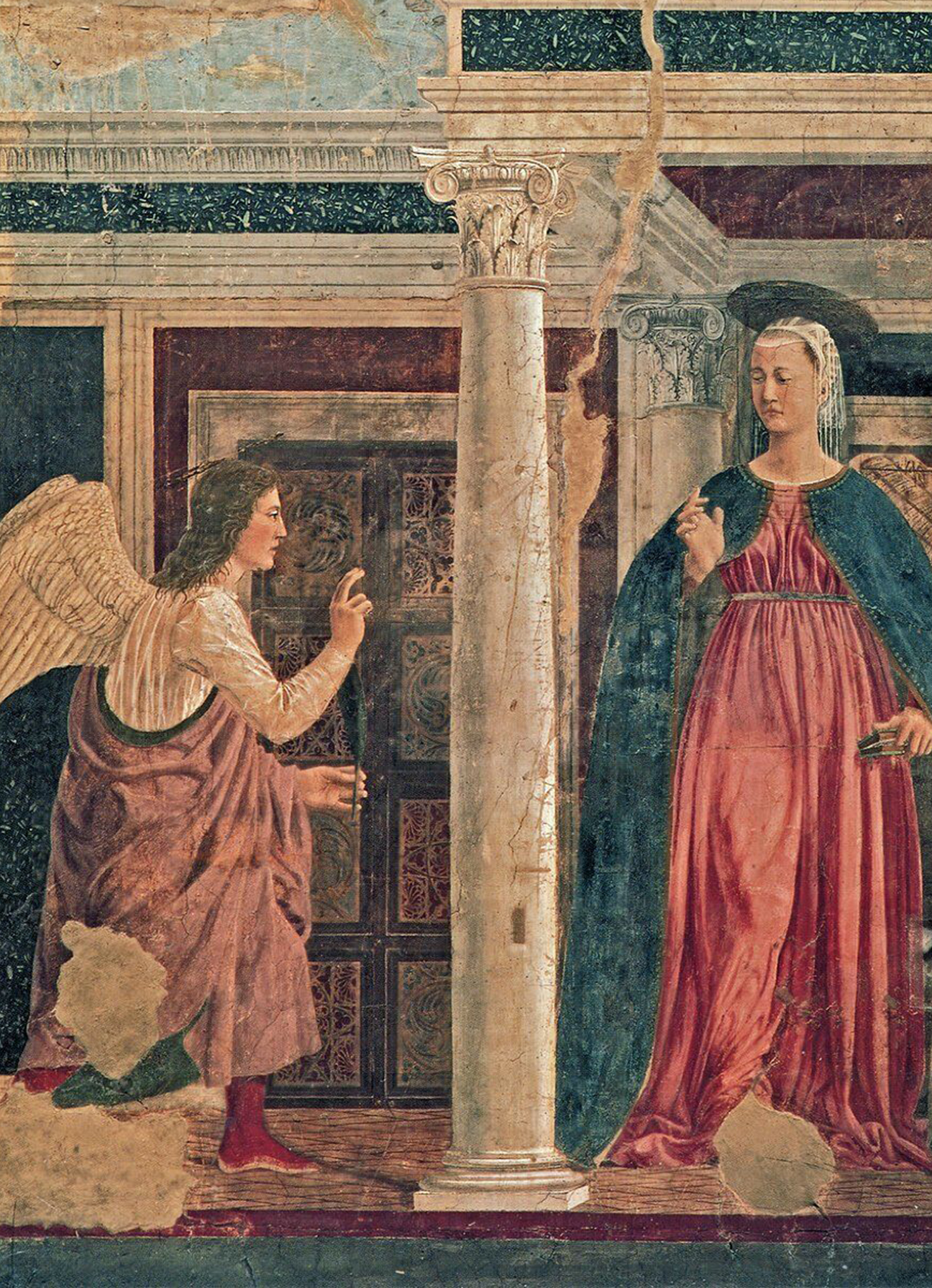
Philosophical Aesthetics of Graphic Design: Conclusion
Author: Huai-An Hsing
M.A., Institute of Philosophy of Mind and Cognition, National Yang-Ming University
Through this series of articles, I aim to demonstrate that the aesthetics of graphic design profoundly influences cultural development in two significant ways.
First, the practice of graphic design is intricately tied to consumer activities, serving as a conduit for delivering imagery to the public. When a designer selects specific visuals and circulates them through the market, these images become a focal point for shaping the audience’s experiences and thoughts, thereby influencing visual culture. The creation of imagery is inherently linked to certain values, while graphic design, as the blueprint for visual communication, orchestrates how these values are conveyed and shaped. Appreciating the aesthetics of graphic design demands a creative and profound engagement with visual culture.
Second, at the heart of graphic design is the selection and application of visual materials. A designer achieves aesthetic success by leveraging professional expertise in visual aesthetics to carefully select materials, build upon past traditions, and use innovative approaches to compose them into coherent visuals that effectively communicate messages. To delve into the aesthetics of graphic design, we must understand how these images are crafted, why they possess aesthetic appeal, and integrate insights from visual art history and philosophical aesthetics to analyze their creative actions and purposes across various themes and styles. This reveals the critical role of graphic design education in providing a new lens through which to examine issues of human existence and civilization. Through enriched creation and consumption, it fosters the capability and ethical grounding necessary to transform culture.
Finally, I would like to propose several areas for further exploration in the aesthetics of graphic design.
W.T.J. Mitchell, in his article There Are No Visual Media, highlights an essential perspective. While his title might suggest that visual media does not literally exist, his point is that we should not exclusively focus on the visual dimension when examining objects typically categorized as visual media. These media often incorporate multiple sensory experiences. 1
1
Mitchell (2005).
This insight suggests that, in appreciating graphic design, we should also consider other sensory characteristics such as touch, rhythm, or even scent.
2
2
The Versations series, published by Warner Lehrer in 1980, serves as a compelling example of the importance of understanding graphic design through the lens of rhythm.
Additionally, the discussion thus far has concentrated on static graphics. However, the growing field of motion graphic design warrants attention. Motion graphics introduce the dimensions of time and space, significantly impacting graphic design practices. 3
3
Notable examples include the promotional design for the event Daily Vinyl All Night, held at Shanghai ALL Club on January 28, 2021, by Daily Vinyl, and the main visual for the 2021 Golden Horse Awards, designed by the Bito Team.
This development also bridges graphic design with related fields such as animation and video games, where techniques like molding and editing are increasingly experimental tools for designers. The interplay between these forms holds significance not only for visual art history and media studies but also for aesthetics, offering new avenues to explore the aesthetic experiences of time and space.
In previous discussions, we distinguished between the usage and creation of materials, categorizing the former under graphic design practice. However, the creation of original materials provides distinct advantages, such as enhancing precision in message delivery and fostering originality in works. This explains why many professional graphic designers invest in techniques like drawing and molding, with some even emerging as pioneers of visual art. This intersection of graphic design and visual art has been a pivotal point since Dada, emphasizing that the focus of philosophical aesthetics should no longer be the division between design and art. Instead, we should explore the philosophical implications of these creative patterns and media and their influence on visual aesthetics.
The insights gained from such analyses will guide the evolution of graphic design, shaping the identity and capabilities of the next generation of graphic designers.
References
Mitchell, W. J. T. (2005). There are no visual media. Journal of Visual Culture, 4(2), 257–266.
Mitchell, W. J. T. (2005). There are no visual media. Journal of Visual Culture, 4(2), 257–266.
Copyright © 2019–2024 Taipei Art Direction & Design Assoc. All rights reserved.
Website designed and developed by Yaode JN︎︎︎. Running on Cargo︎︎︎.
Website designed and developed by Yaode JN︎︎︎. Running on Cargo︎︎︎.
Copyright © 2022 Taipei Art Direction & Design Assoc. All rights reserved.
Website designed and developed by Yaode JN︎︎︎. Running on Cargo︎︎︎
Website designed and developed by Yaode JN︎︎︎. Running on Cargo︎︎︎
